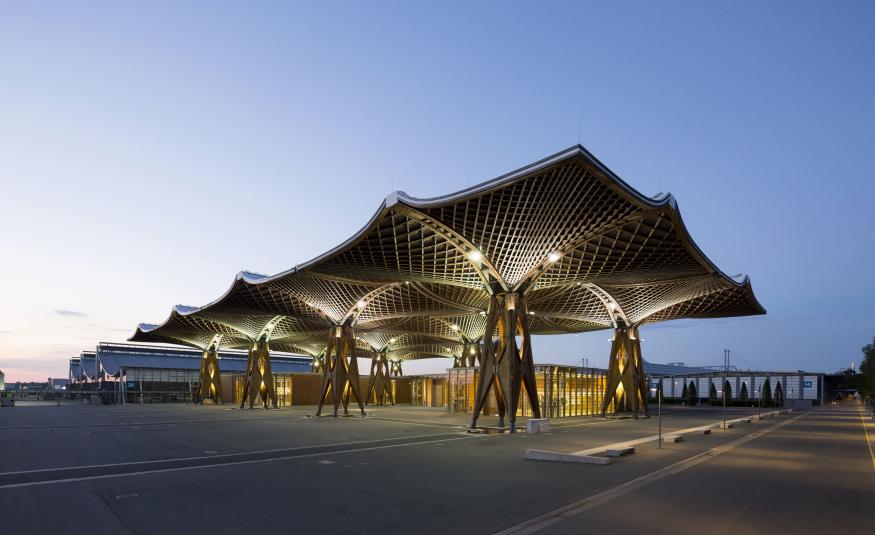Hanover Exhibition Centre is the largest exhibition venue in the world – and now it wants to be the smartest, too.
From a layman’s point of view, the exhibition and event venues of the world differ essentially in their size, and the appearance of their halls.
For the event expert, however, there are a number of other criteria that describe the performance of a venue. Usually it is the infrastructure data, such as the floor load capacity of the halls, the maximum ceiling load, or the supply of electricity and data, that provide more detailed information.
The Hanover Exhibition Centre in Germany has long stood out on the international market - and not only because its 131 hectares make it the largest exhibition centre in the world. In recent months, Hanover has been making a name for itself with a new approach: the exhibition centre is to develop into a smart venue.
Deutsche Messe AG, the owner of the complex, is focusing on expansion with super-fast 5G mobile connectivity. By the summer of 2020, the majority of the site is to be equipped with the new technology. The company wants to be the first site operator in the world to ensure a complete 5G supply on its open-air site, and in the 26 exhibition halls.

The expansion of the site with the 5G standard is part of a larger strategy, based on several pillars. Firstly, the tradefair organisers in Hanover want to be able to offer exhibitors at their own shows the new technological standard from an early stage. By equipping Hanover Exhibition Centre with 5G, Deutsche Messe expects to gain advantages in the competition for lucrative events that are looking for technically efficient tradefair grounds.
At the same time, a team is working on a new tradefair at the venue: The 5G CMM Expo, which is to take place in December 2020. CMM stands for Connected Mobile Machines, and will showcase a future in which the internet will be used more by autonomous machines than by humans. The new 5G standard will make it possible for the Internet of Things to finally become mobile.
The site will be opened to different uses, such as open-air concerts with up to 80,000 guests. It can also be used as a testing ground for autonomous vehicles, with more than 10km of road inside the site fences, and plenty of road junctions, pedestrian paths, zebra crossings and green spaces. Together with the German Aerospace Center, the site managers plan to digitise the entire venue grounds, so that special traffic situations can be created using a mix of data.
The combination of the real and virtual in Hanover will create a new kind of smart venue, which can serve as a laboratory for the future of networking.





